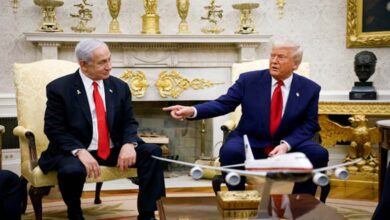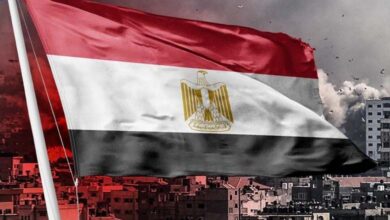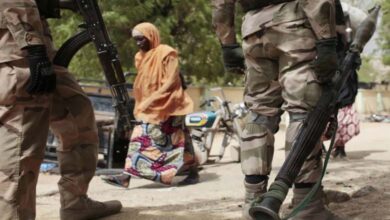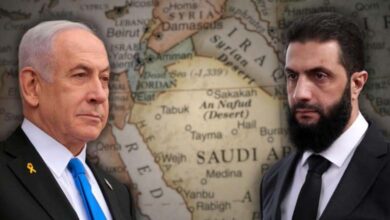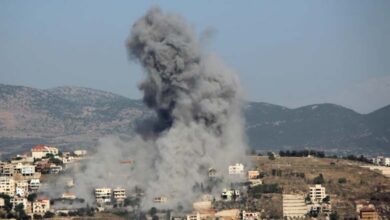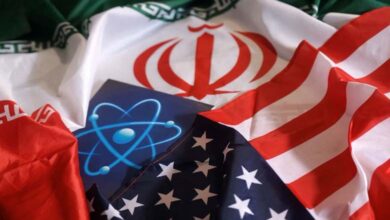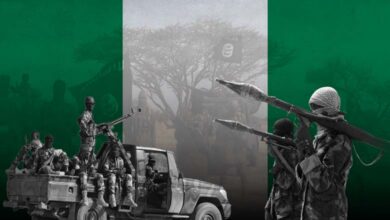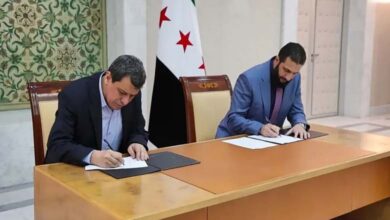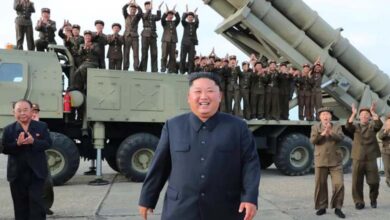Qatar and Iran’s Revolutionary Guard: secret Qatari investment partnerships to destabilize security and stability

Reopens the State Department’s investigation into the recurring “allegations” of Qatar’s involvement in the financing of the U.S.-designated terrorist Iranian Revolutionary Guard; Back to the forefront are Qatar’s secret investment partnerships with the Revolutionary Guard’s companies and its illicit business empire, which has tens of billions in assets.
Qatar’s partnership with the Revolutionary Guard was not new today, but Doha has tried to cover up its close ties with the most prominent militia of its ally, Iran, which is the spearhead of its subversive project inside Middle Eastern countries, since it docked military battleships belonging to the Revolutionary Guard with prominent leaders on board, including Admiral Mohammed Shayari; He was headed by Alireza Naciri, commander of the Fourth Region of the Revolutionary Guard Navy, at the ports of Doha in December 2010.
During this visit of a security nature, which witnessed the signing of military agreements ostensibly related to securing “Qatari navigation,” Iranian mainstream media close to the mullahs regime revealed that Qatar has become the “second home” for Iranians, while the Mezan News Agency revealed an undisclosed aspect that included joint military exercises between the Revolutionary Guard Navy and the Qataris on the territory of Qashm Island, located at the entrance of the Strait of Hormuz, which is considered one of the largest islands in the Persian Gulf.
The increasing level of military relations between Qatar and the Iranian Revolutionary Guard militias, some of which have been classified, has led media close to the Revolutionary Guards, including Tabnak, to assert that Doha has become a “new partner” through which Tehran can pass its deals with the West, following the conclusion of a new military cooperation agreement on the sidelines of a meeting between Qassem Rezaei, the commander of Iran’s Border Guards, and Qatar’s Coast and Border Security Director Ali Ahmad Saif al-Badid in October 2015.
The Revolutionary Guard, was formed in Persian by Ayatollah Khomeini, following the victory of the Islamic Revolution in Iran on 11 February 1979. Since then, the IRGC has transformed into an army in the service of the values and goals proclaimed by the revolution. This army received the honor and nobility of sacrifice in the deserts of the Iran-Iraq War (1980-1988), which left one million dead.
In an article entitled “Iran, President Mahmoud Ahmadinejad” published by Le Monde Diplomacy, December 2006, writer Alexander Le Roy Bonan says: “The new president has distributed huge sums (in dollars’ worth of contracts) to the Revolutionary Guard that he has supported.
Billions of dollars have been set aside to build gas networks for the Revolutionary Guard’s Khatam al-Anbiya. It has become an economic giant (it can import goods without succumbing to state taxes and can sell them freely in the markets), and the Revolutionary Guard’s has become one of the most important actors in the oil business.”
Over time, the Revolutionary Guard Corps, supported by Qatar, became a financial empire with an estimated annual income of $12 billion through its multiple investments in the oil, gas, chemicals, automobiles, bridges, and roads sectors. It became the dominant class in Iranian society, owning the sources of military, security, cultural, media, and wealth resources in society.
The Revolutionary Guard has about 125 thousand troops, distributed among the ground forces (105000 men), the air force (5000 men) and the navy (2000 men). This security-military establishment controls the missile-making program and Iran’s nuclear program, while the Islamic militia Bassidj, which is part of the Revolutionary Guards, has an estimated 5 million people who, according to Ebrahim Yazdi, Iran’s former foreign minister, can be packed with their families.


